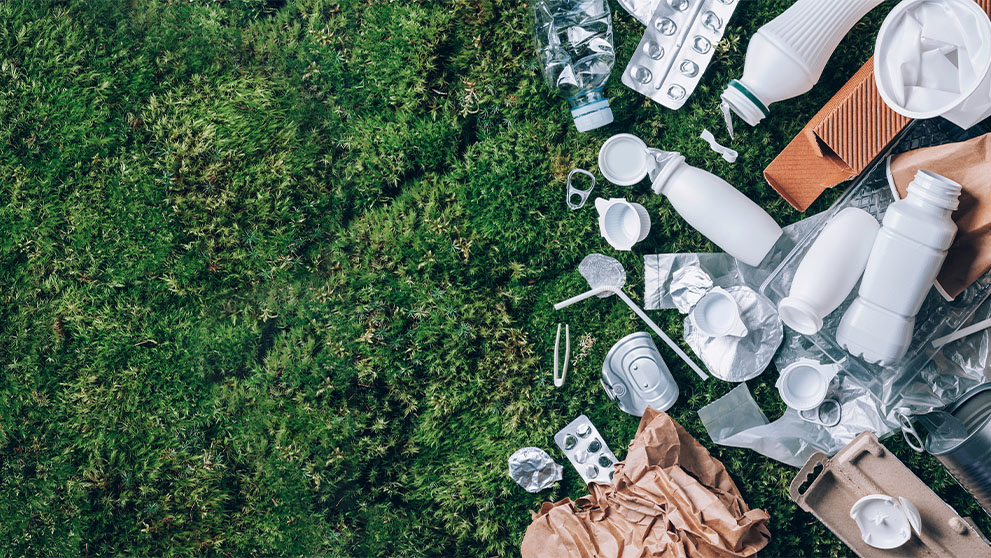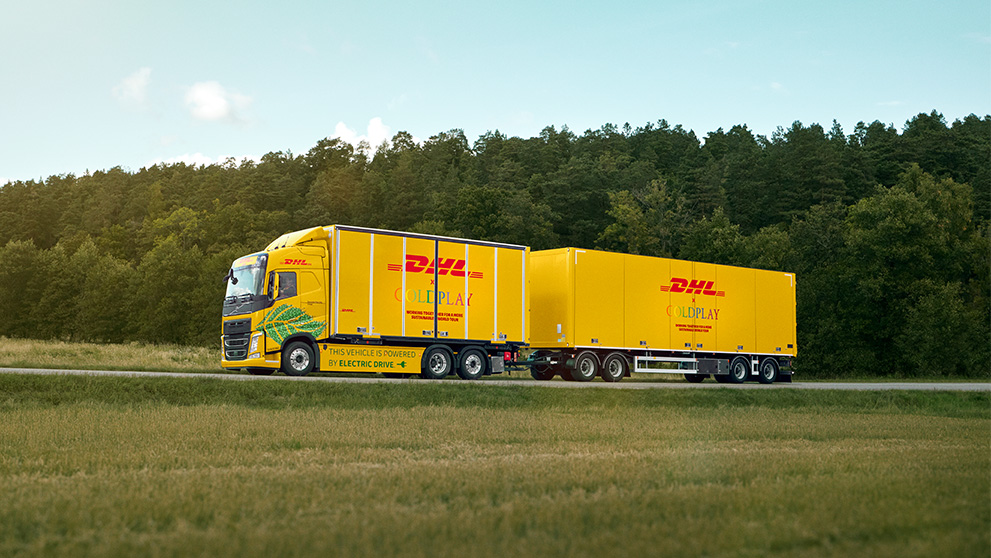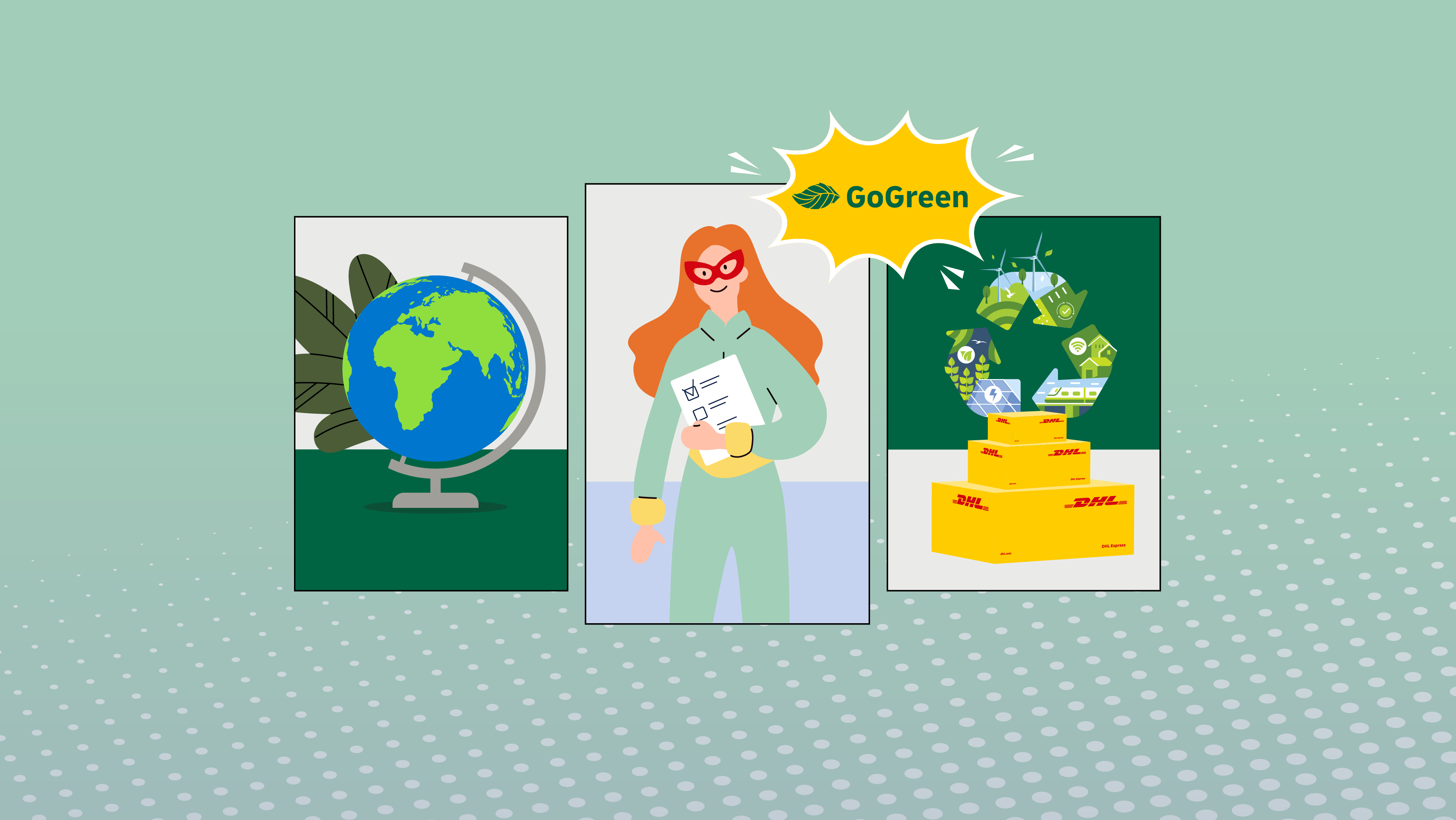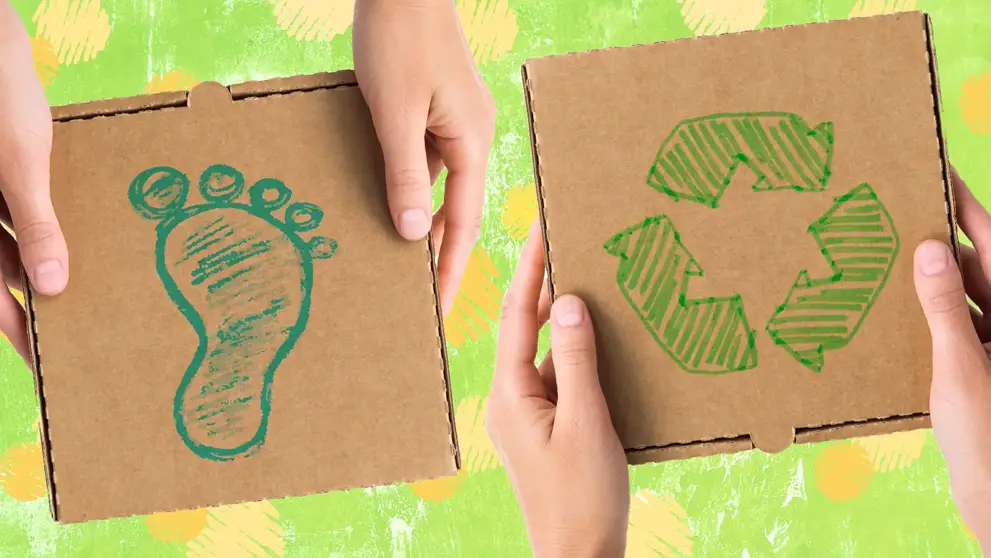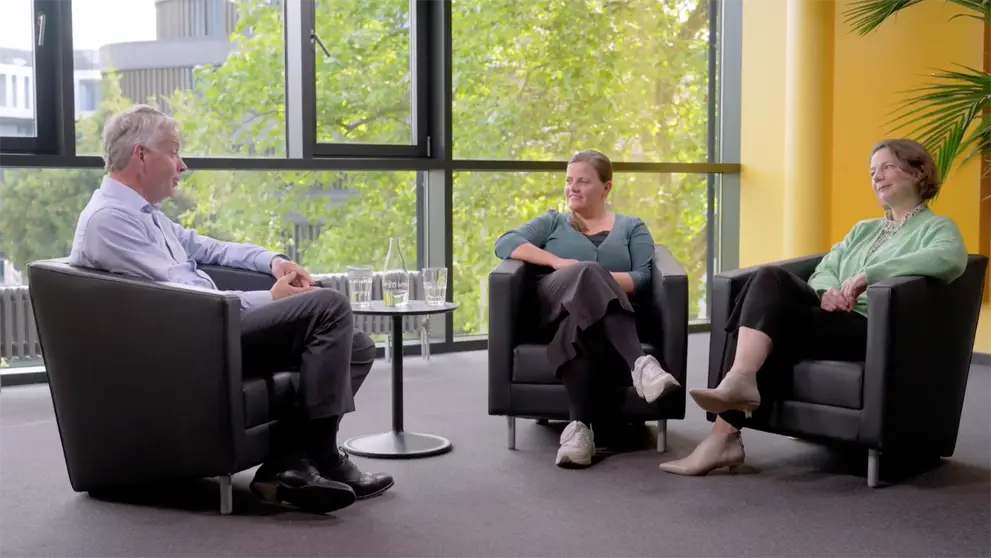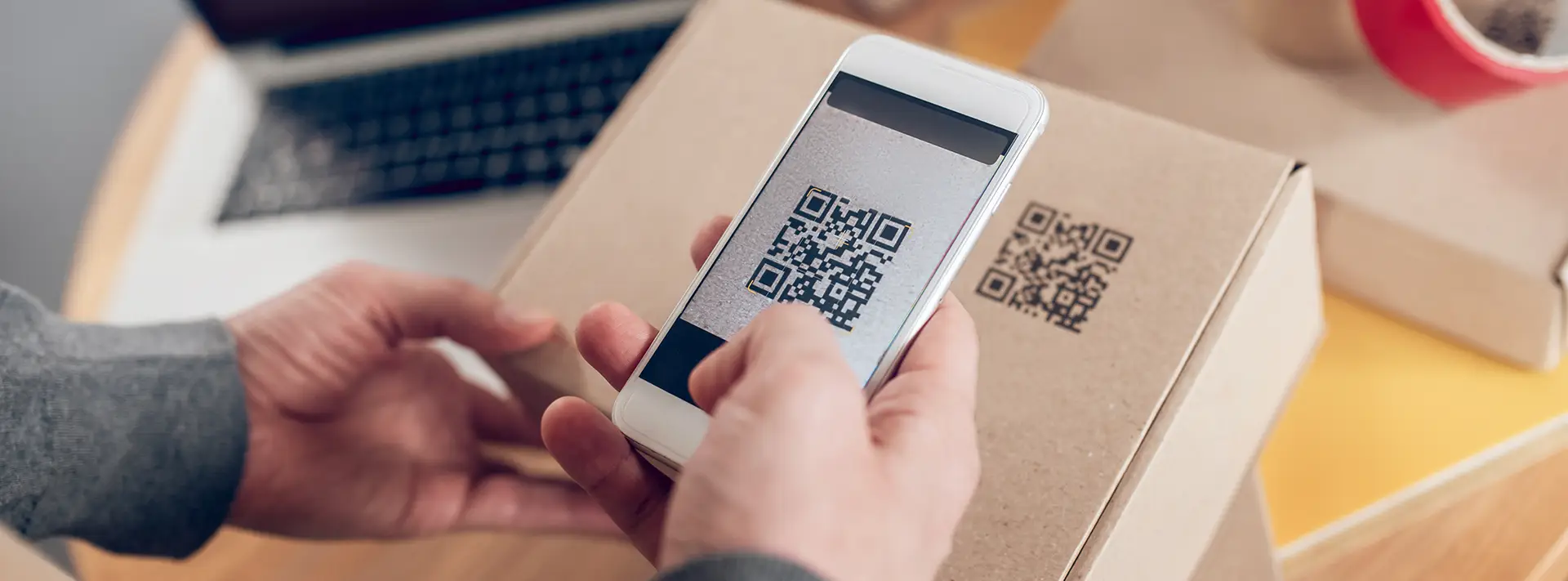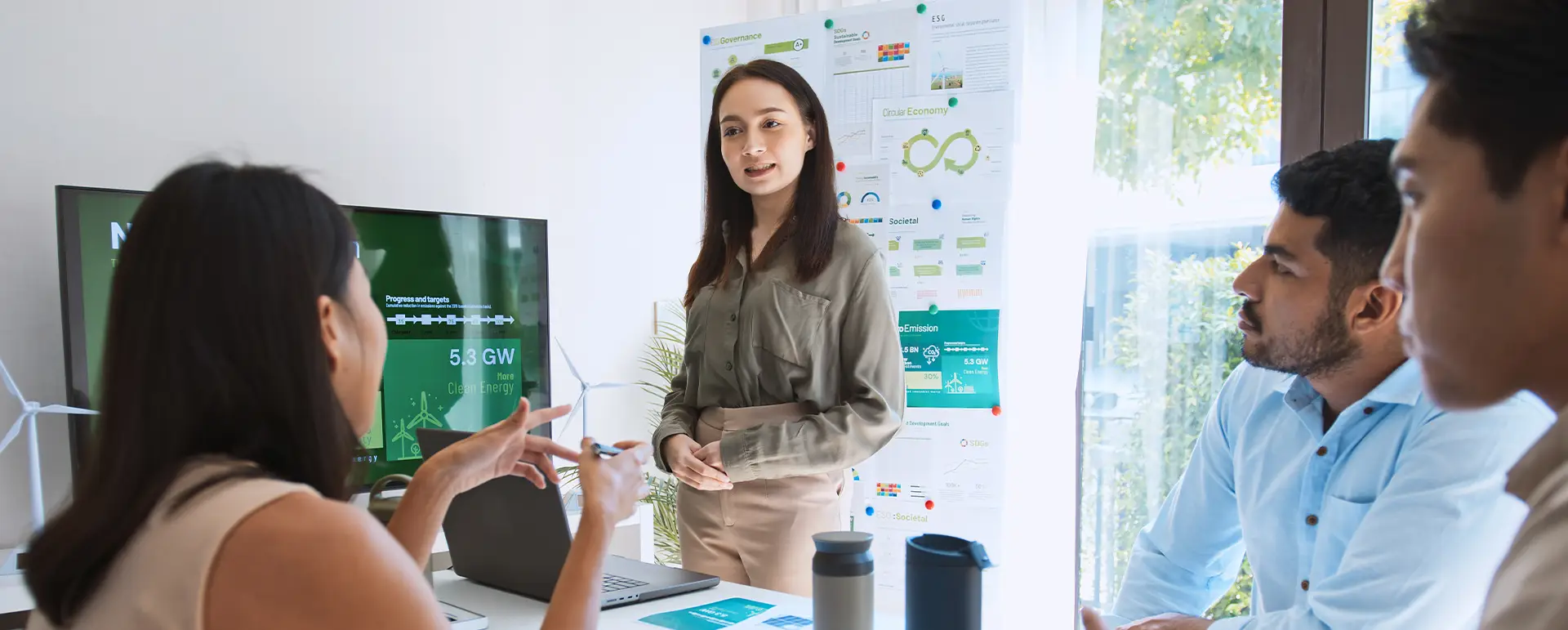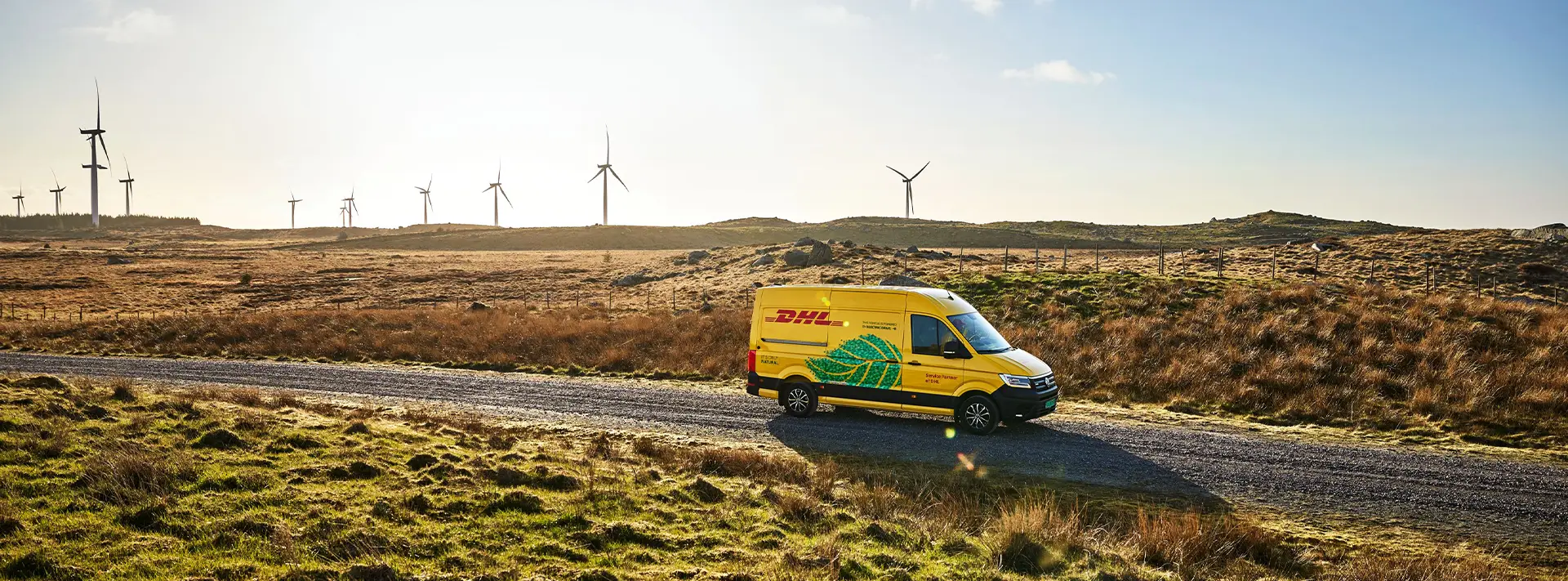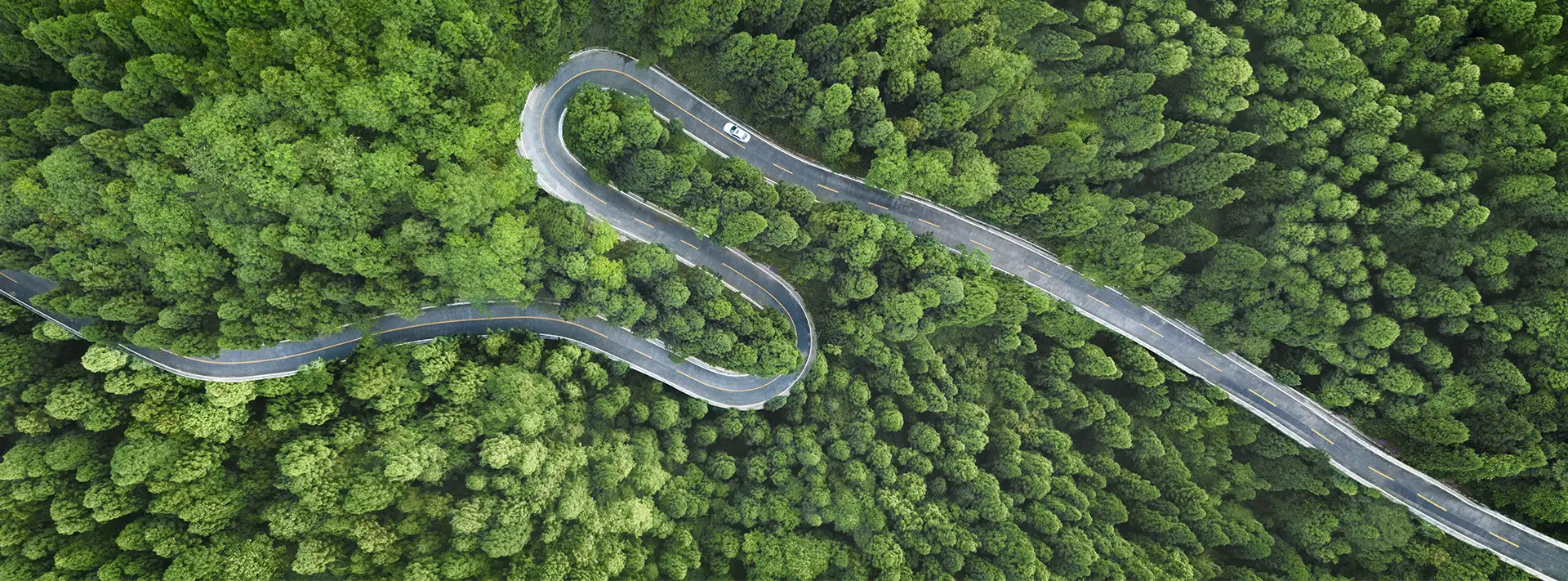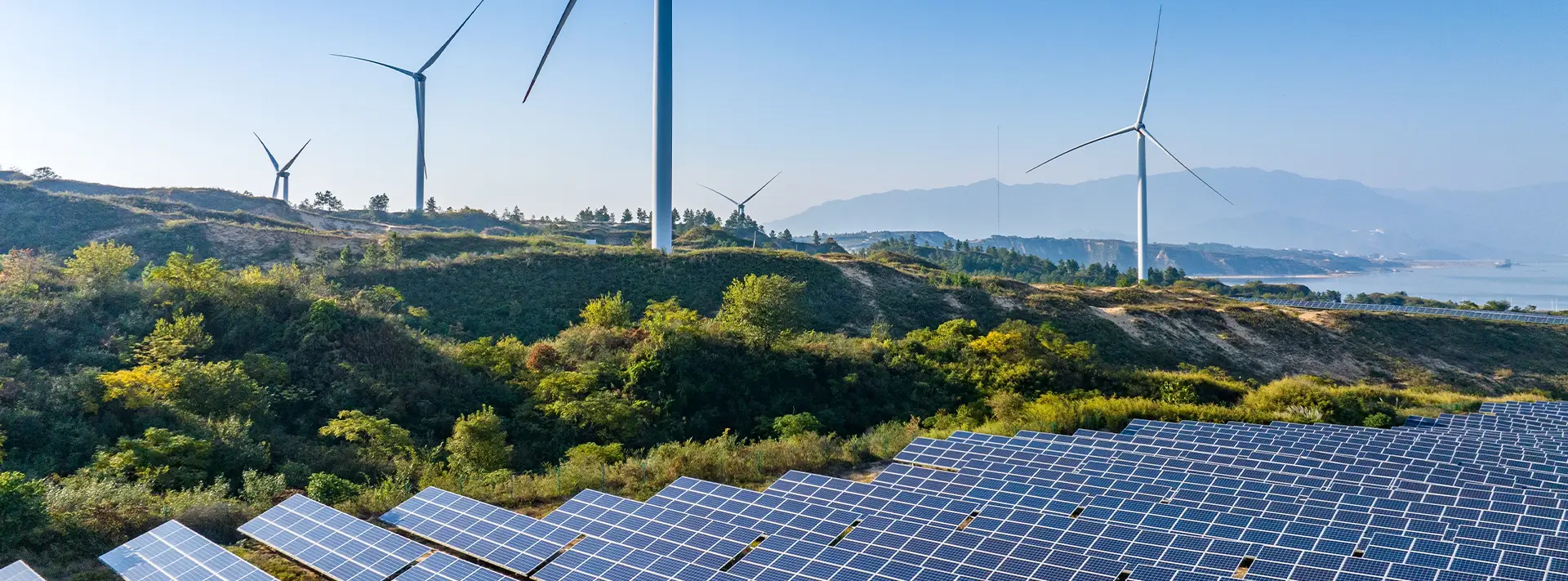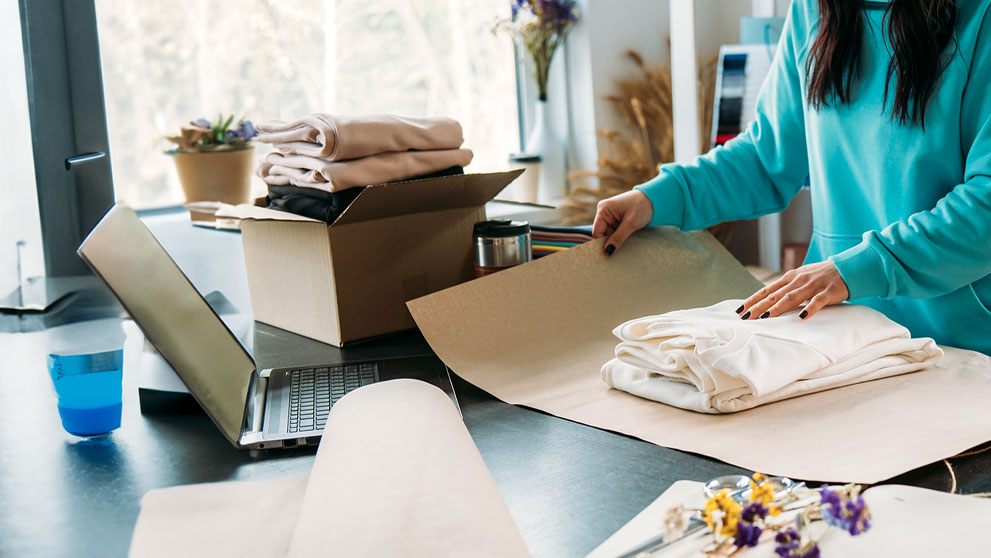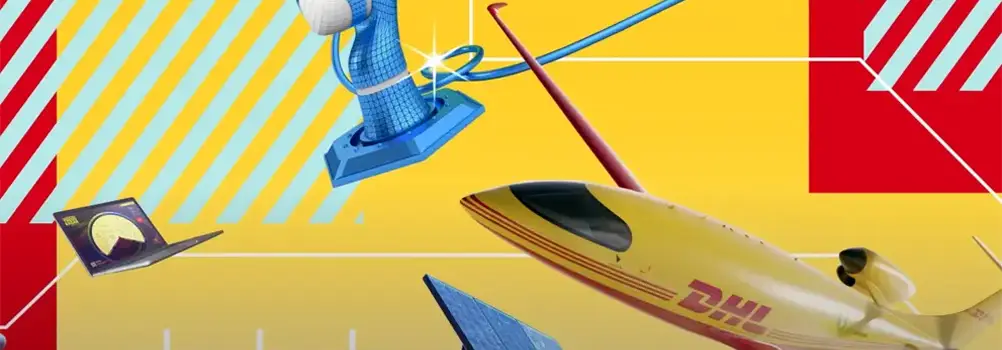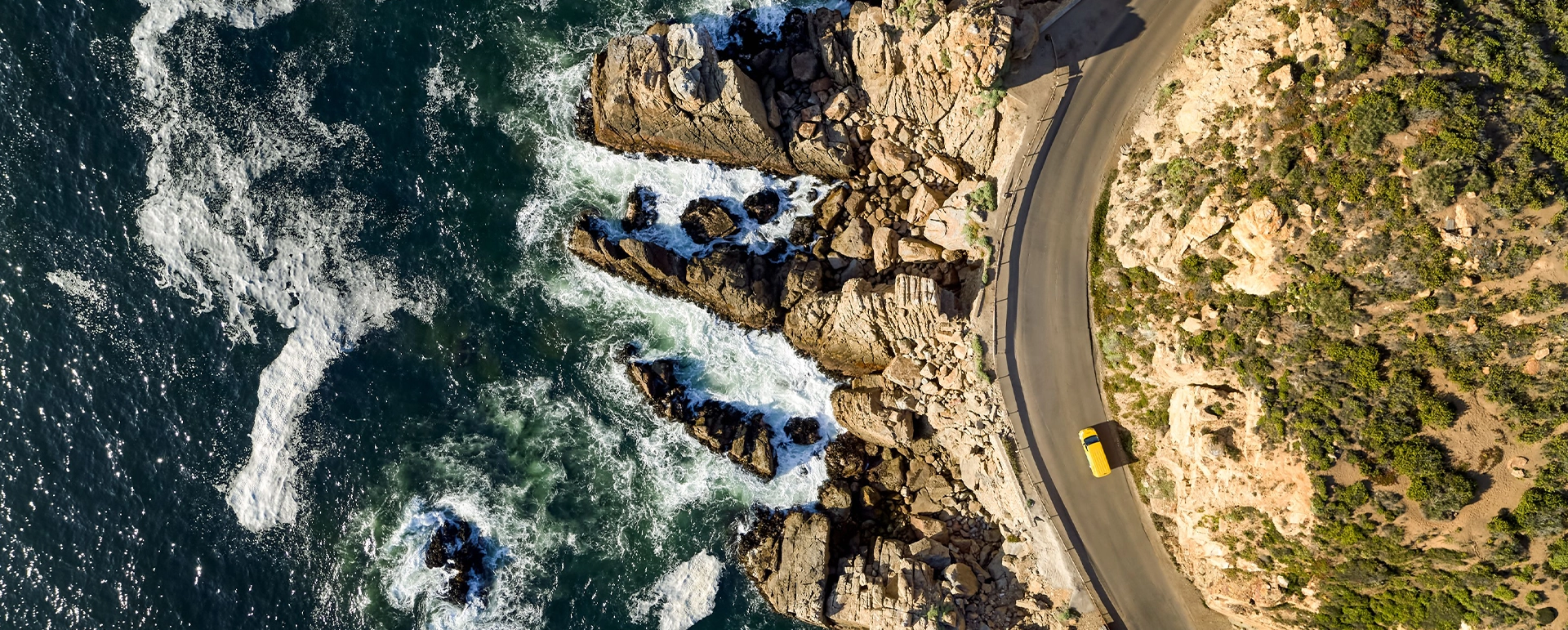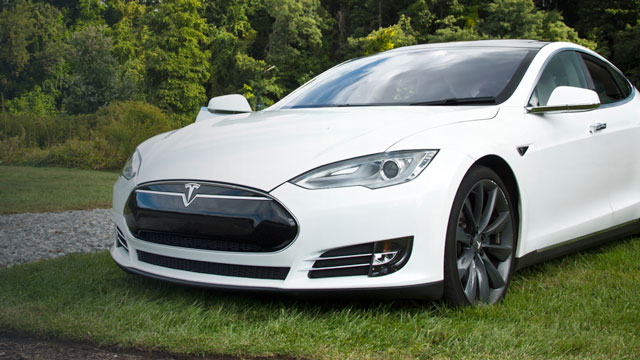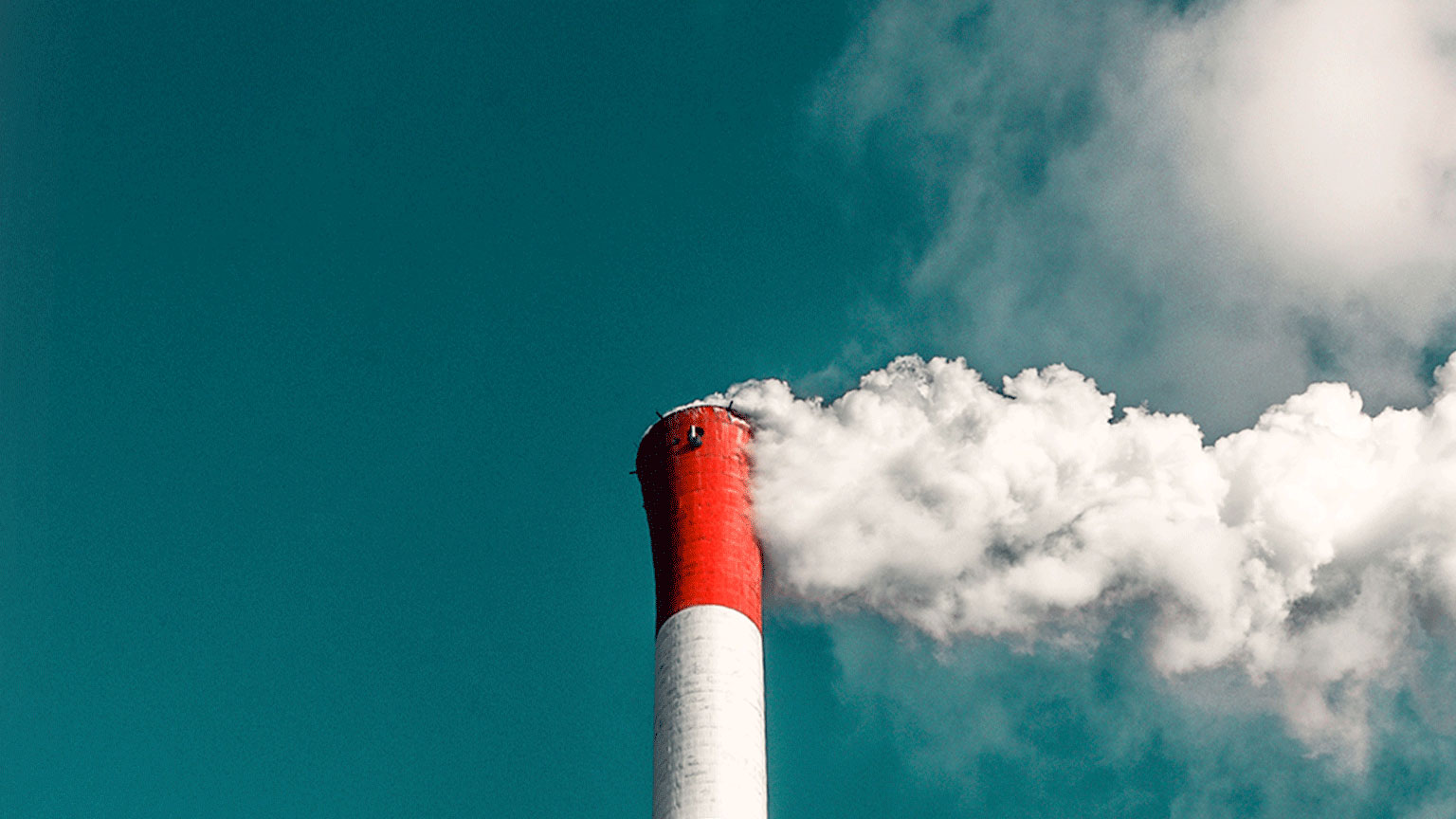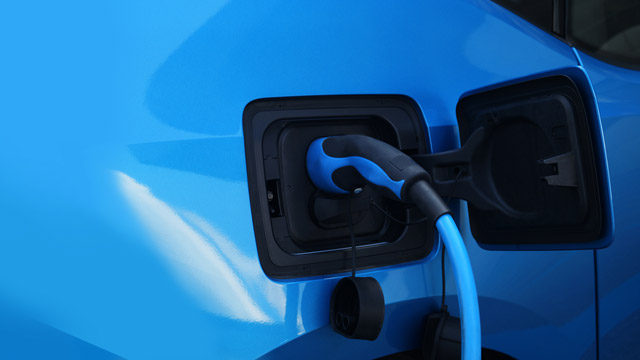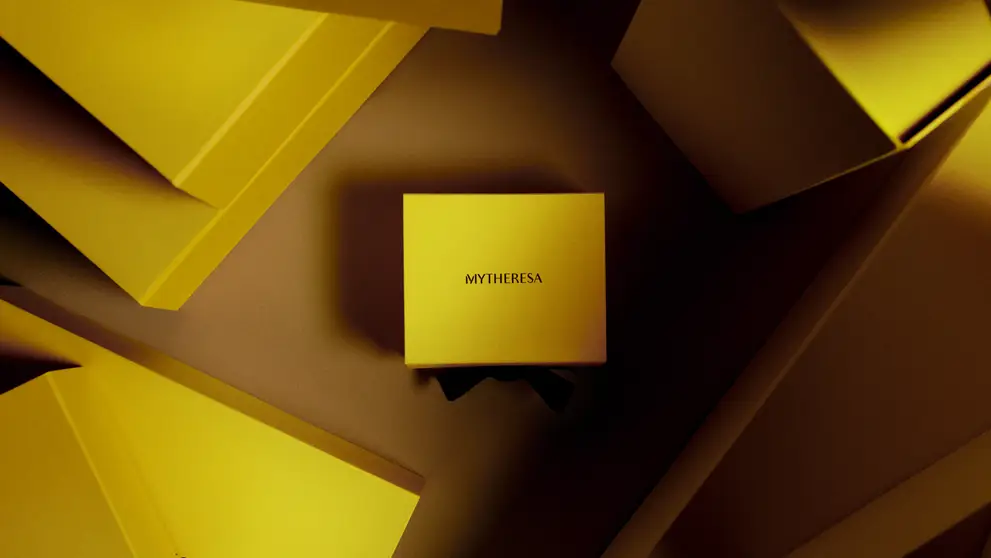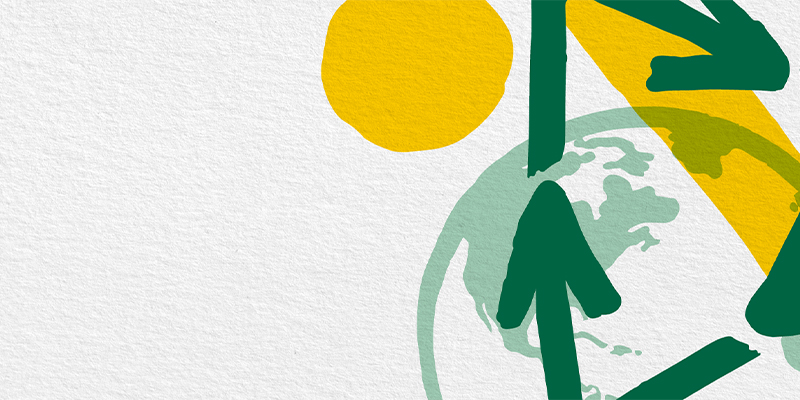If you’re not already using sustainable packaging solutions, making the switch could benefit your business in a variety of ways. And if you don’t switch, you could risk your product seeming out-of-date to your customers before it’s even out of the box!
The next time you unwrap a parcel, observe how many layers of packaging material you need to tear through to finally get your item. It is estimated that up to seven types1 of packaging material go into a single parcel: tape, cardboard boxes, styrofoam padding, and bubble wrap are some common examples that protect goods during transport. Before a parcel arrives safely at the consumer’s door, it has already left a trail of environmental destruction in its wake. And all too often, this excess packaging ends up in the bin.
Packaging itself takes up almost a third of all plastics production, but only 14 percent of it will be recycled, according to a joint report by the World Economic Forum and Ellen MacArthur Foundation. And this plastic waste problem is escalating with the rise of e-commerce, which is expanding at an average rate of 20 percent a year worldwide. Global retail e-commerce sales were valued at €2.01 trillion in 2017.
In this guide, we'll delve into what sustainable packaging is, and why you should use biodegradable packaging, exploring examples of sustainable packaging like biodegradable packing peanuts, corrugated bubble wrap, and innovative solutions like packaging made from mushrooms and seaweed. We'll also discuss the ways you can reduce your carbon footprint and contribute to a healthier planet.
What is Green Packaging?
In discussions about environmentally responsible business practices, 'green packaging' is a phrase that's often thrown about but then not many people know what it truly encompasses. Green packaging, sustainable packaging, and eco-friendly packaging are terms that all mean the same thing: packaging that has the lowest possible impact on the environment.
This low impact is achieved in several ways: by limiting the packaging waste created; by using materials which are recyclable or biodegradable; and by using renewable energy during production (such as solar, hydro or wind energy). The ultimate goal of green packaging is to encourage businesses to be aware of the environmental impact of their packaging choices and to adopt more sustainable alternatives.
Why is sustainable packaging important for businesses?
There are two main reasons why businesses should use biodegradable or environmentally-friendly packaging. Firstly, because sustainability is now such a big issue among consumers that being seen to be green is crucial to the popularity of your brand and the longevity of your business, and secondly, because of the global impact traditional packaging has on the environment.
How product packaging impacts your business
Most consumers want green packaging. As far back as 2020, in research by Trivium Packaging1, 74% of those surveyed in the US, Europe and South America were willing to pay more for it. It’s become even more of a trend since then.
Studies have shown there is a positive correlation between green packaging and positive branding, with many consumer advocacy groups promoting companies that use sustainable product packaging. And recent data reveals that 44% of customers choose to buy from brands with a clear commitment to sustainability2.
As a result, more and more businesses are realizing how a green packaging strategy makes sense in terms of customer acquisition, retention and long-term loyalty. And in today’s ultra-competitive commercial environment, it’s more important than ever to your bottom line that your business adopts sustainable practices.
The impact of packaging on the environment
We’ve all been irritated by parcels with the item packaged in a box that’s far too large for it, and the void filled with padding. Excessive packaging is very obviously wasteful.
And, whether or not the packaging is of the appropriate size, several types of materials have traditionally been used for a single parcel: for example, tape, cardboard boxes, styrofoam padding and bubble wrap. Many of these packaging materials are composed of plastics. In fact, according to the United Nations Environment Programme3, around 36% of all plastics produced are used in packaging. And packaging is the largest generator of single-use plastic waste in the world.
Plastic production is also one of the most energy-intensive manufacturing processes in the world. So, before a traditionally packaged parcel arrives at a consumer’s door, it has already contributed seriously to the climate crisis.
Then, all too often, this packaging ends up in a landfill or becomes litter. Plastic can take up to 1,000 years to break down, so it builds up in the environment, damaging soil, poisoning groundwater, and choking marine wildlife. Microplastics enter the human body with the potential to cause serious health impacts – and have even been found in the placentas of newborn babies.
The impact of plastic waste on the environment
According to The Ellen Macarthur Foundation4, the root cause of all this waste is the current structure of the economy: we take materials from the earth, make products from them, and eventually throw them away as waste. The foundation advocates a transition from this so-called linear economy to a circular economy, in which we stop waste being produced in the first place.
The circular economy is based on three principles: eliminate waste and pollution; circulate products and materials (at their highest value); and regenerate nature. It is underpinned by a transition to renewable energy and materials, and decouples economic activity from the consumption of finite resources. The foundation claims the system is resilient, and good for business, people and the environment.
Clearly, sustainable product packaging solutions are an important element of any transition to a circular economy.
Sustainable packaging examples
Below is a range of green packaging options5 to consider. The question is, which are appropriate for your particular business?
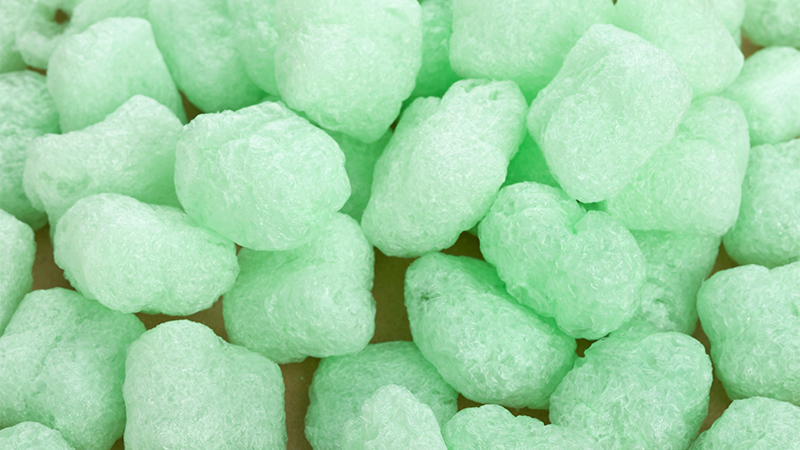
Biodegradable packaging peanuts
These are a more sustainable alternative to styrofoam, which is also known as EPS (expanded polystyrene foam). Styrofoam has now been banned in many countries due to its environmental impact. One of the traditional packaging materials, it cushions against shocks and helps prevent products from moving while in transit. But it’s neither biodegradable nor can it be recycled economically, and it’s often found in our rivers and oceans.
While cushioning just as well as styrofoam, biodegradable air peanuts made from natural materials are both more sustainable and cheaper.
Harts of Stur, a UK kitchen appliance and homeware retailer, is one company which has switched to this form of packaging from Greenlight Packaging – to the delight of their customers6.
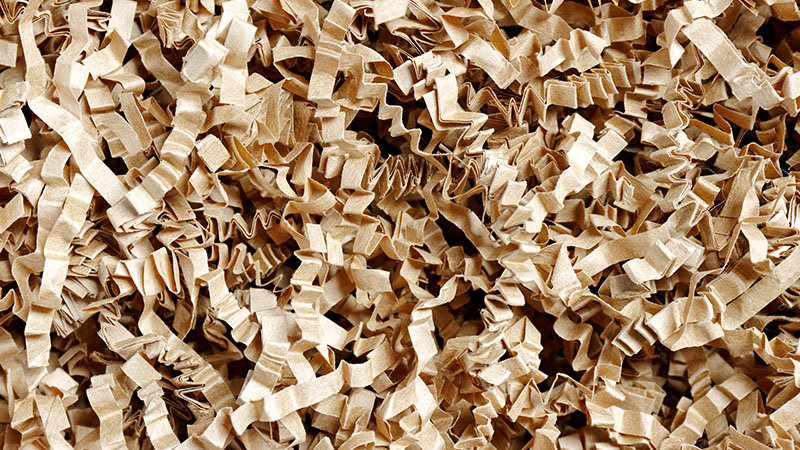
Corrugated bubble wrap
A traditional packaging favorite, bubble wrap helps protect fragile items during shipping. However, being plastic based, it’s definitely not green packaging.
One sustainable alternative is a wrap made from up-cycled corrugated cardboard. Rather than disposing of or recycling post-consumer cardboard waste, the material is given an additional life as a cushioning agent. Small cuts are made to produce a concertina-type effect that protects against shocks just like bubble wrap, making it one of the most sustainable packaging materials you can use to wrap your products.
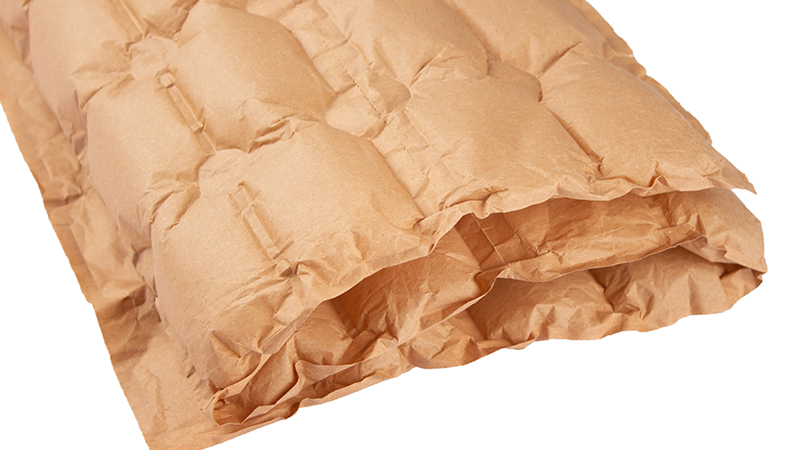
Air pillows made of recyled materials
Inflatable air pillows are another sustainable packaging solution for use instead of styrofoam or bubble wrap. Available in a variety of sizes, they’re ideal for filling voids in boxes or providing cushioning around packed products.
Air pillows are small bags that can be inflated, so they consist mainly of air. This cuts down on the plastic used in their production and transport compared to other cushioning materials. While they can be reused and recycled, it’s important to choose versions made from 100% recycled and biodegradable materials.
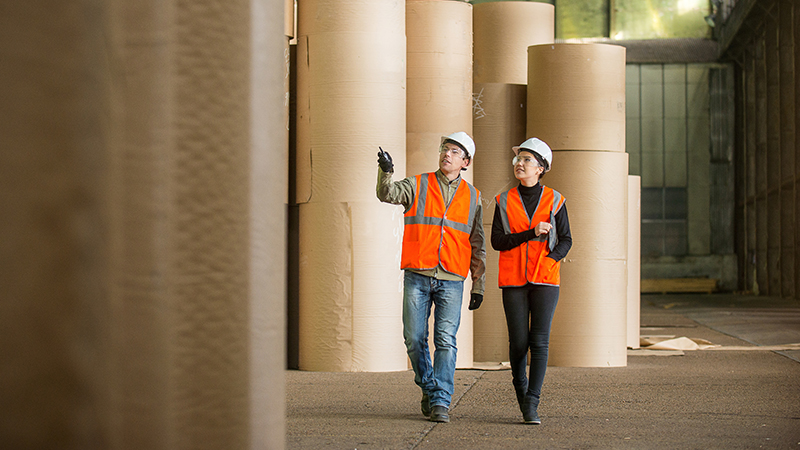
Recycled cardboard
Cardboard boxes are ubiquitous as outer packaging. Compared to plastic, a cardboard box reduces oil and CO2 emissions by 60%7. And, as an organic material, cardboard is 100% biodegradable and can be recycled several times over.
Even so, while cardboard definitely counts as green packaging, it has environmental drawbacks. When it’s dumped into landfill sites, its biodegradation emits methane gas, creating a substantial carbon footprint. Moreover, it’s made of tree fibres, so it adds to the risk of deforestation. To mitigate this, try to source post-consumer or post-industrial recycled paper and cardboard from sustainable packaging manufacturers and look for materials that are certified to support sustainably managed forests.
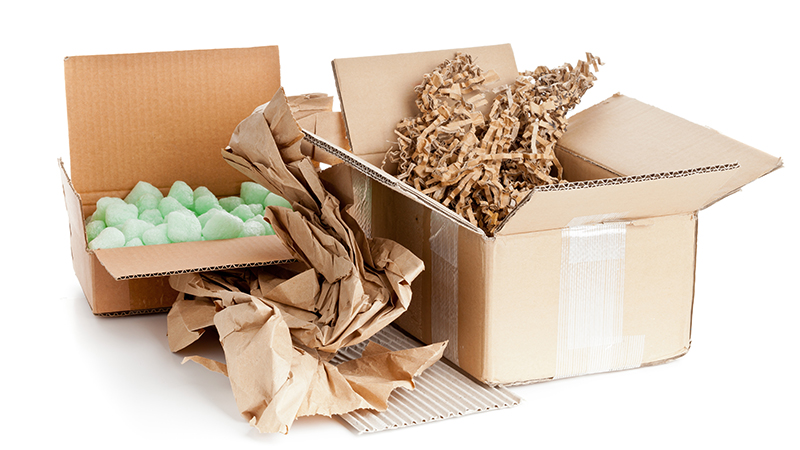
Corn starch packaging
Corn starch is an organic material made from the corn or maize plant. It has similar properties to plastic, making it an effective and more sustainable plastic alternative in many guises, from bottles to loose-film packaging.
However, as corn starch is derived from the grains of corn, it competes with human and animal food supply systems, possibly making corn more expensive. So, while it has excellent properties for packaging certain products, you might still prefer to opt for a different plastic.
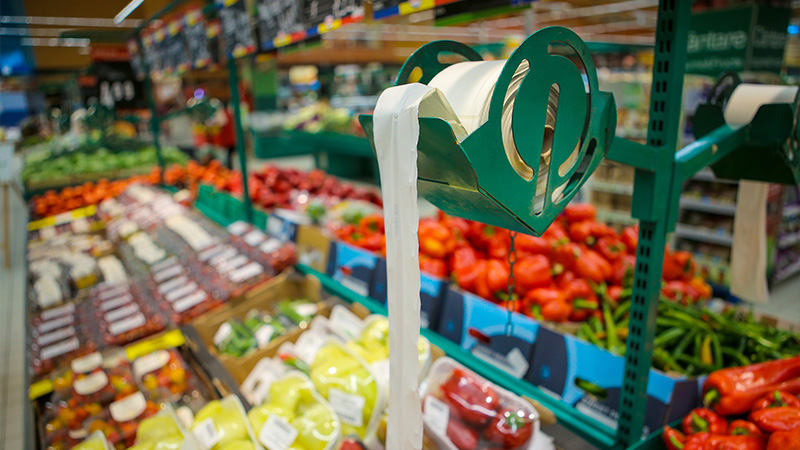
Biodegradable and recycled plastics
If the nature of your product means you have to use plastic packaging, at least you can choose 100% recycled or biodegradable options – although plastic can only be recycled a limited number of times before it ends up in landfill. A greener alternative would be to source biodegradable plastic materials from sustainable packaging manufacturers, which can be decomposed by living microorganisms.
While there are some bioplastics that compete with human food supplies, such as those made from corn starch, sugar cane and wheat, there are also microbial polyesters, or polyhydroxyalkanoates (PHA). PHAs are polyesters that are synthesized and stored by various micro-organisms. The only downside is the cost of the additional carbon needed for the micro-organisms to metabolize and produce these biodegradable polyesters – although waste cooking oils and animal oils are promising, cost-effective, and sustainable options. Companies that have introduced PHA plastic into their supply chain include Nestle, Pepsico, and Bacardi.
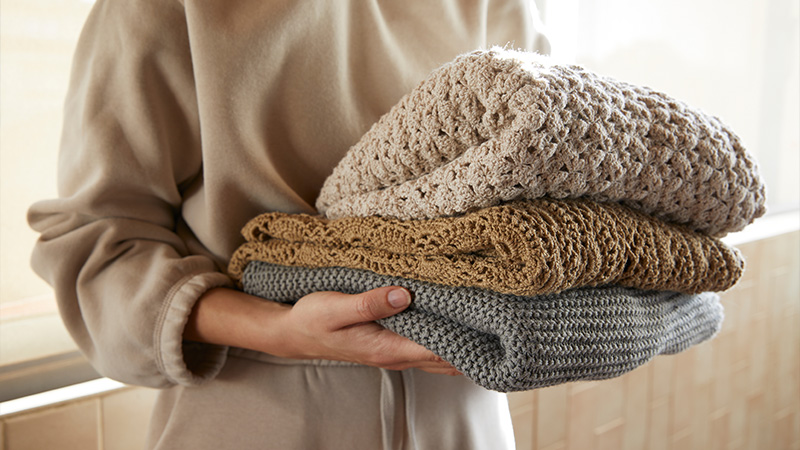
Organic ecological textiles
Ecological textile packaging reduces waste, as it’s made from multi-use, durable materials such as organic hemp, organic or recycled cotton, tapioca, or palm leaves. All are biodegradable, so they take less time to decompose naturally. Examples of usage include organic cotton wool for cushioning, linen and poplin as anti-scratch wrap covers or bags, and hemp tape to bundle products together.
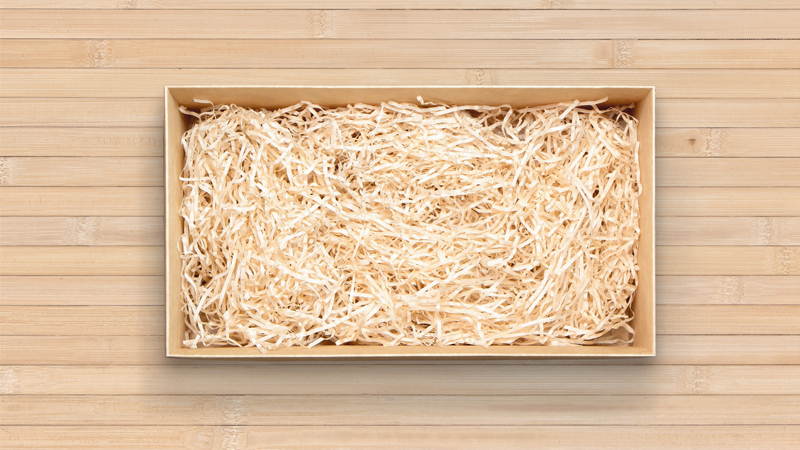
Bamboo packaging
Bamboo packaging is derived from the fast-growing bamboo plant, a renewable resource that generally requires minimal water and no pesticides or fertilizers to thrive. This type of sustainable product packaging is produced by cutting mature bamboo stalks, processing them into pulp, and then molding the pulp into various shapes and sizes. The resulting packaging is lightweight, durable, and biodegradable.
Bamboo is commonly used for food containers, cosmetics packaging, and shipping materials. It’s has been gaining popularity as it’s a versatile material that can be customized to fit a wide range of products and applications.
Sustainable packaging innovations
While green packaging is a global trend in itself, and the sustainable product packaging solutions discussed above are part of it, here are three other kinds of innovative packaging that could emerge as key options in the future.
Mushroom packaging
Mushroom packaging really is made from mushrooms. It uses a process that combines pre-cleaned agricultural waste with mushroom roots. This raw material is moulded into the shape required, dried and used as packaging. Agricultural waste can’t be used for food, so mushroom packaging avoids the ethical dilemma corn starch packaging brings with it. It also degrades naturally at a very rapid rate. Even so, despite its suitability as sustainable packaging, it is currently only feasible for smaller items.
Seaweed packaging
Seaweed is a sustainable packaging solution made from agar – a gelatinous substance found in many seaweeds and algae. The agar is extracted and dehydrated to produce a material appropriate for packaging. Being made from a plentiful, sustainable raw material, seaweed packaging could become one of the big new trends in green packaging and one of the most sustainable packaging materials available.
Edible films
Edible film is a cutting-edge sustainable packaging solution, most appropriate for food products, with a global market expected to reach $4.2 billion by 2028. Potentially, it could curb food and packaging waste while also reducing chemical leaching from plastic.
Different natural products can be used to create edible packaging, but the most effective and widely used is chitosan, a sugar made from the chitin shells of crustaceans. This makes chitosan one of the most plentiful biopolymers – and edible packaging a much greener alternative to plastics.
Green packaging solutions checklist
Here are five ways to make your packaging more sustainable. See which could work for you:
Choose sustainable product packaging materials from sustainable packaging manufacturers. Wherever possible, prioritize durability and reusability to ensure the packaging withstands multiple uses and minimizes waste.
Opt for sustainable packaging materials that break down naturally in the environment. This can include plant-based plastics, mushroom packaging, or materials certified as compostable. These choices minimize waste and reduce the burden on landfills, contributing to a circular economy.
First, evaluate your current packaging to identify opportunities for downsizing. Then, eliminate excessive void fill, use right-sized boxes, and consider flexible packaging options. By reducing the overall volume of packaging, you'll conserve resources, lower shipping costs, and decrease your environmental footprint.
Choose packaging designs that maximize space efficiency during shipping. This reduces the number of shipments needed and minimizes transportation-related emissions. You can consider exploring options like modular packaging, lightweight materials, and configurations that minimize wasted space within containers.
Implement take-back programs that encourage customers to return empty containers for refilling or recycling and consider offering incentives or discounts to customers who participate. This approach not only promotes environmentally friendly packaging but also strengthens customer loyalty.
For advice on other ways to make your shipping greener, contact your DHL Express sales representative.

